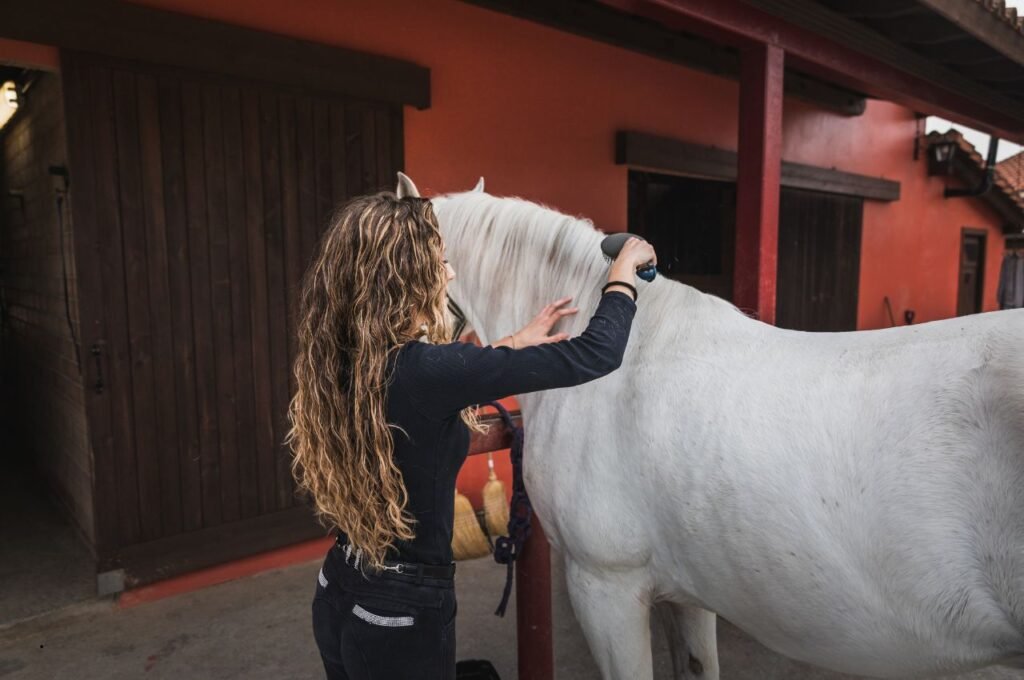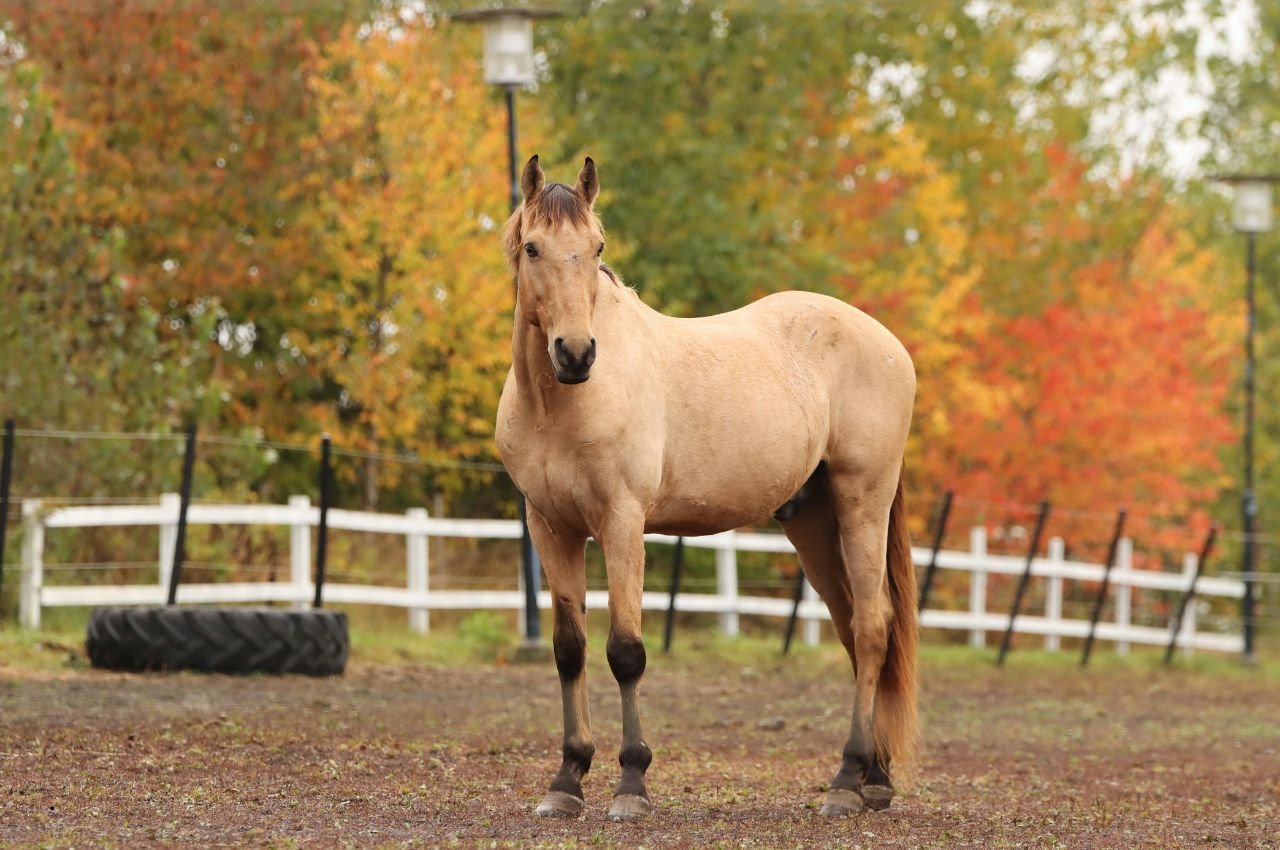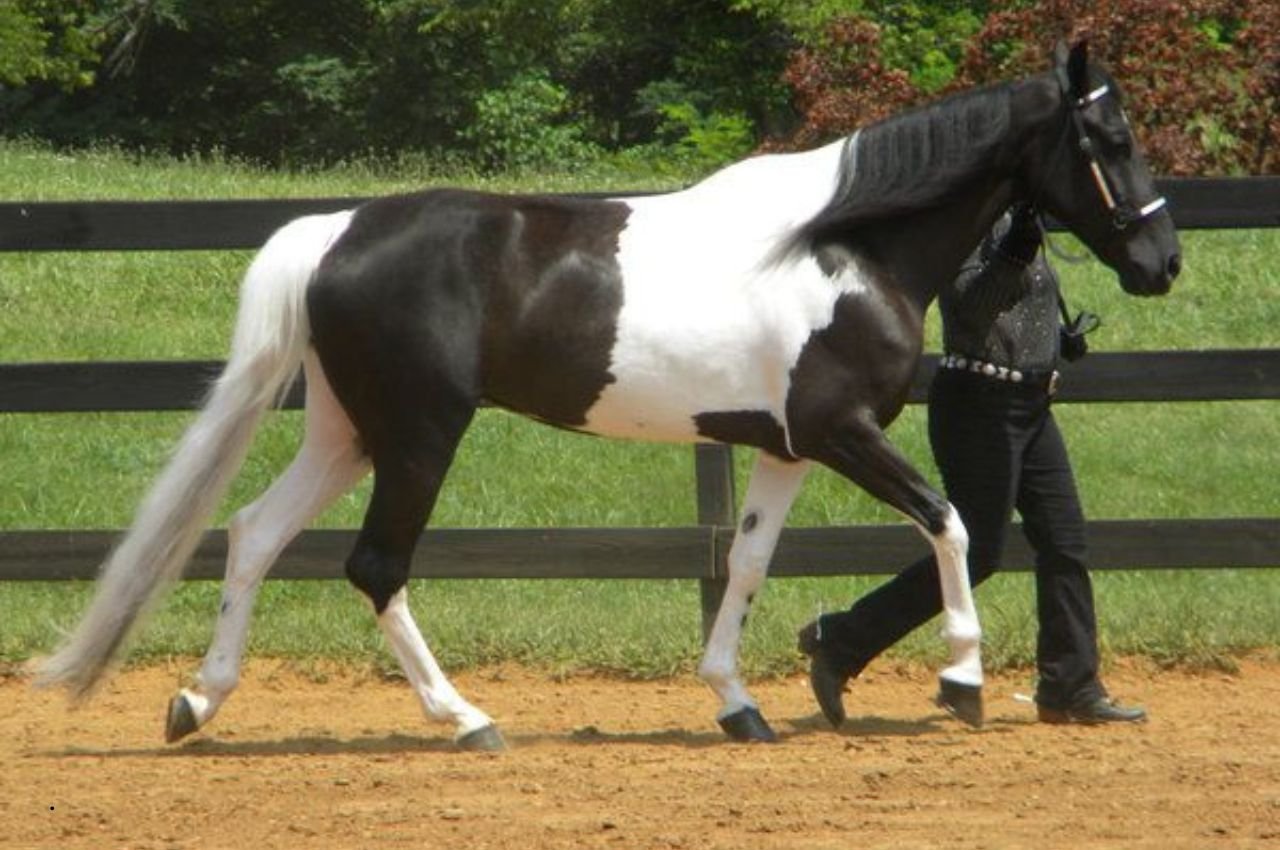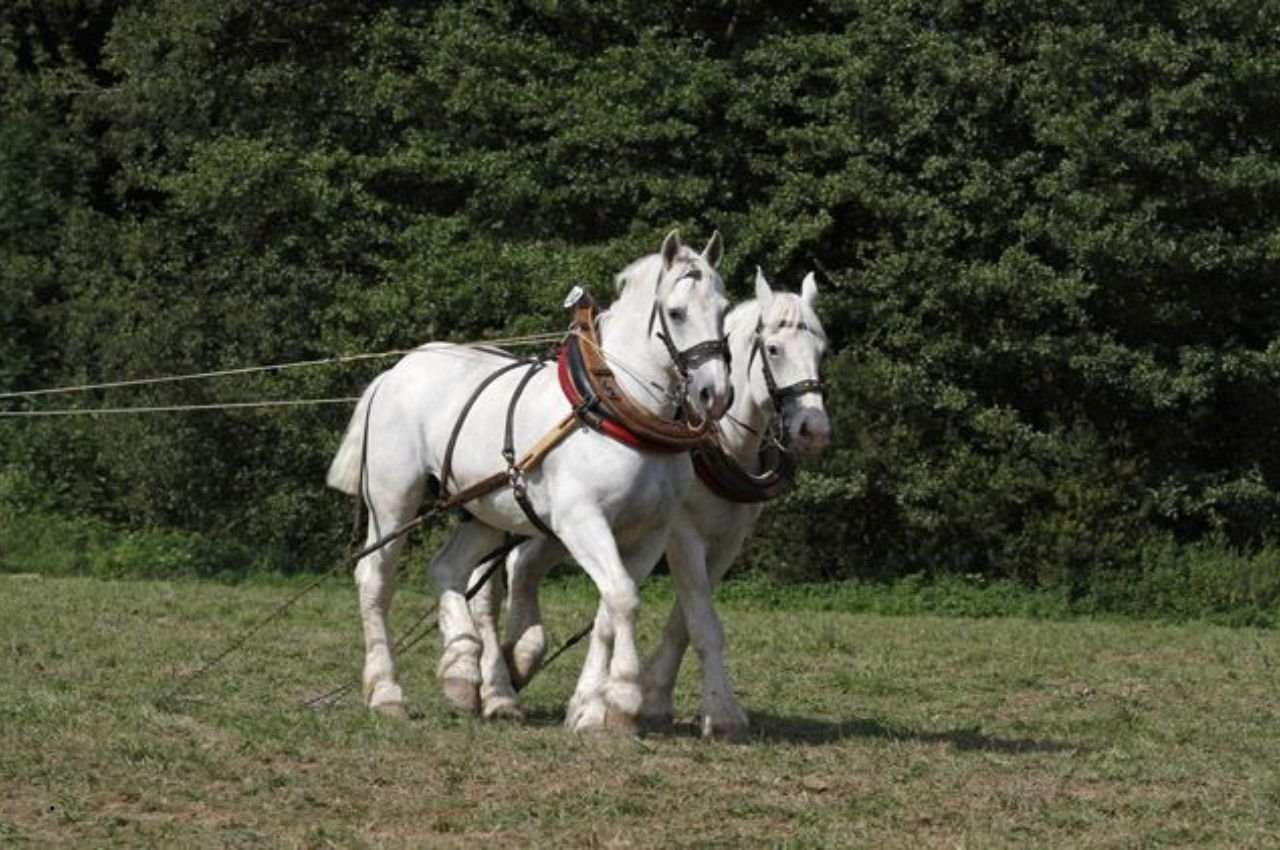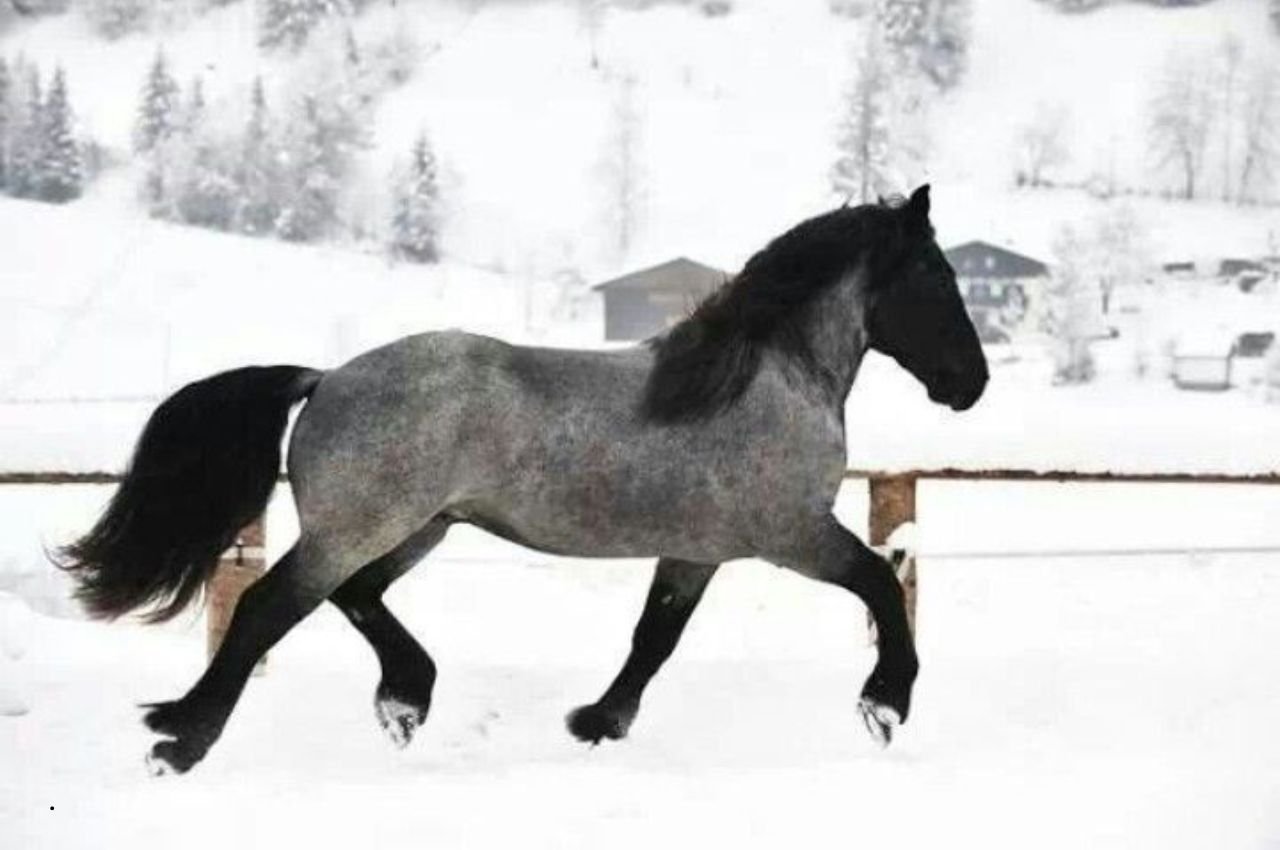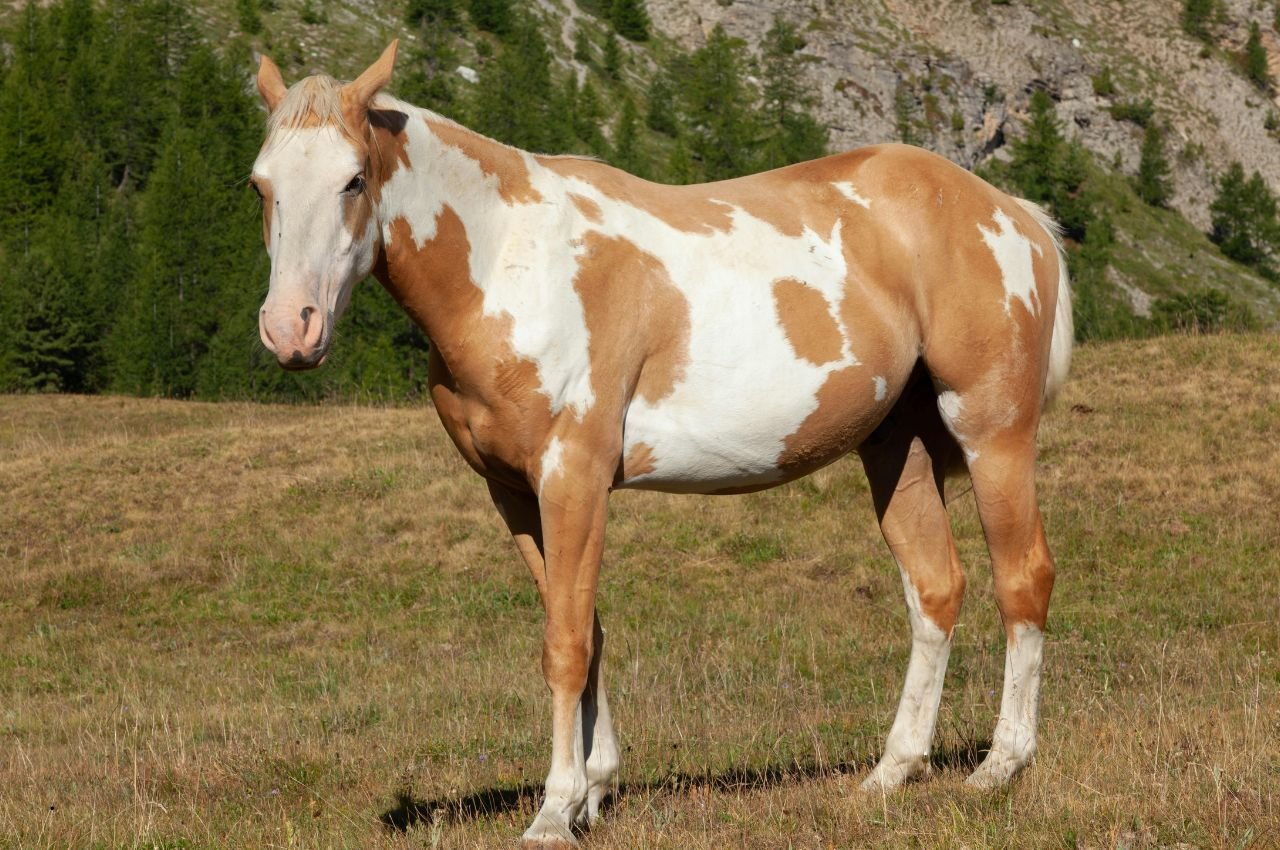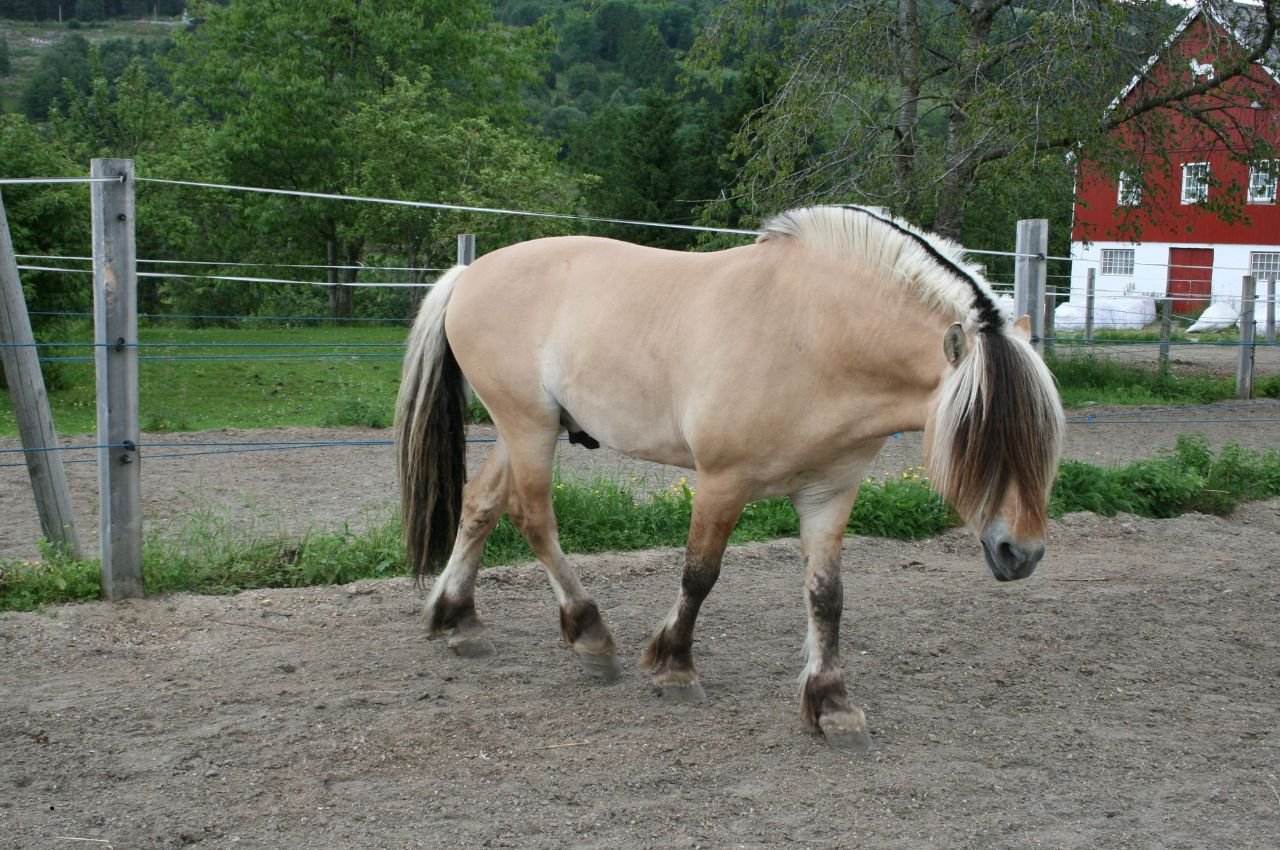A shiny, healthy coat is more than just a sign of beauty—it’s a reflection of your horse’s overall health and care. Proper horse grooming goes beyond just brushing; it’s a daily commitment to your horse’s well-being. In this blog, we’ll explore five effective ways to improve your horse’s coat through practical grooming techniques, nutrition, and daily care.
1. Establish a Consistent Horse Grooming Routine
Regular grooming is the foundation of a healthy coat. Brushing helps remove dirt, loose hair, and dead skin cells while stimulating natural oils that give your horse’s coat that desired shine.
Tips for an Effective Grooming Routine:
- Start with a curry comb: Use circular motions to loosen dirt and hair.
- Follow with a stiff-bristled brush: Sweep away debris and stimulate circulation.
- Use a soft brush on the face and sensitive areas: Be gentle and thorough.
- Finish with a rub rag: A clean cloth or grooming mitt can help bring out the shine.
Daily grooming also helps you monitor your horse for skin issues, injuries, or changes in condition.
2. Feed a Balanced Diet for Coat Health
No amount of grooming can substitute for good nutrition. A dull or patchy coat often signals dietary deficiencies. To promote a healthy coat, ensure your horse gets a balanced diet rich in essential nutrients.
Key Nutrients for Coat Condition:
- Omega-3 fatty acids: Found in flaxseed or fish oil, these support skin and coat health.
- Protein: High-quality protein supports hair growth and repair.
- Vitamins and minerals: Biotin, zinc, and copper are especially important for coat shine.
Talk to your vet or equine nutritionist before adding supplements to your horse’s diet.
3. Keep Your Horse Clean and Comfortable
A clean horse is a happy horse—and one with a better-looking coat. Regular bathing and proper turnout help keep your horse’s coat in top shape.
Bathing Tips:
- Use an equine-safe shampoo (avoid human or harsh detergents).
- Rinse thoroughly to remove all soap residue, which can irritate the skin.
- Avoid over-bathing; excessive washing can strip natural oils.
During the muddy seasons, consider using a lightweight turnout sheet to reduce mud buildup and ease your grooming workload.
4. Protect Against Parasites and Skin Conditions
Skin issues like rain rot, lice, and fungal infections can damage your horse’s coat and make grooming a challenge. Prevention and early detection are key.
Preventative Grooming Practices:
- Disinfect grooming tools regularly.
- Don’t share brushes between horses.
- Monitor for unusual hair loss, scabs, or skin irritation.
- Use fly sprays and masks to prevent bites and rubbing during insect season.
Consult your vet promptly if you notice persistent or spreading skin issues.
5. Consider Seasonal Grooming Adjustments
Your horse’s coat changes with the seasons. Adjust your horse grooming routine accordingly to meet their needs year-round.
Seasonal Tips:
- Spring and fall: Help manage shedding with shedding blades and rubber curry combs.
- Winter: Keep grooming light if your horse has a thick winter coat. Focus on keeping them dry and warm.
- Summer: Regular rinsing or hosing can help cool your horse and keep the coat clean.
Clipping can also be an option for horses in heavy work or warmer climates, but always use sharp blades and proper technique to avoid irritation.
A Healthier Coat Starts with Better Horse Grooming
Improving your horse’s coat is a blend of regular grooming, smart nutrition, and proactive care. A consistent horse grooming routine not only enhances your horse’s appearance but also builds trust and improves their health. Make grooming a daily habit, and you’ll see the shine—inside and out.

